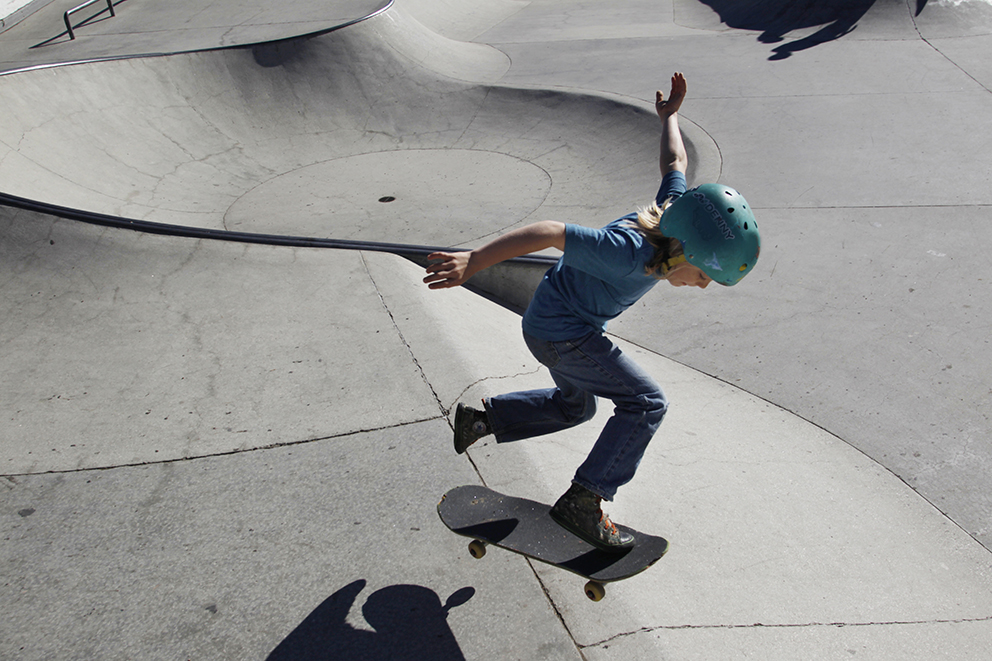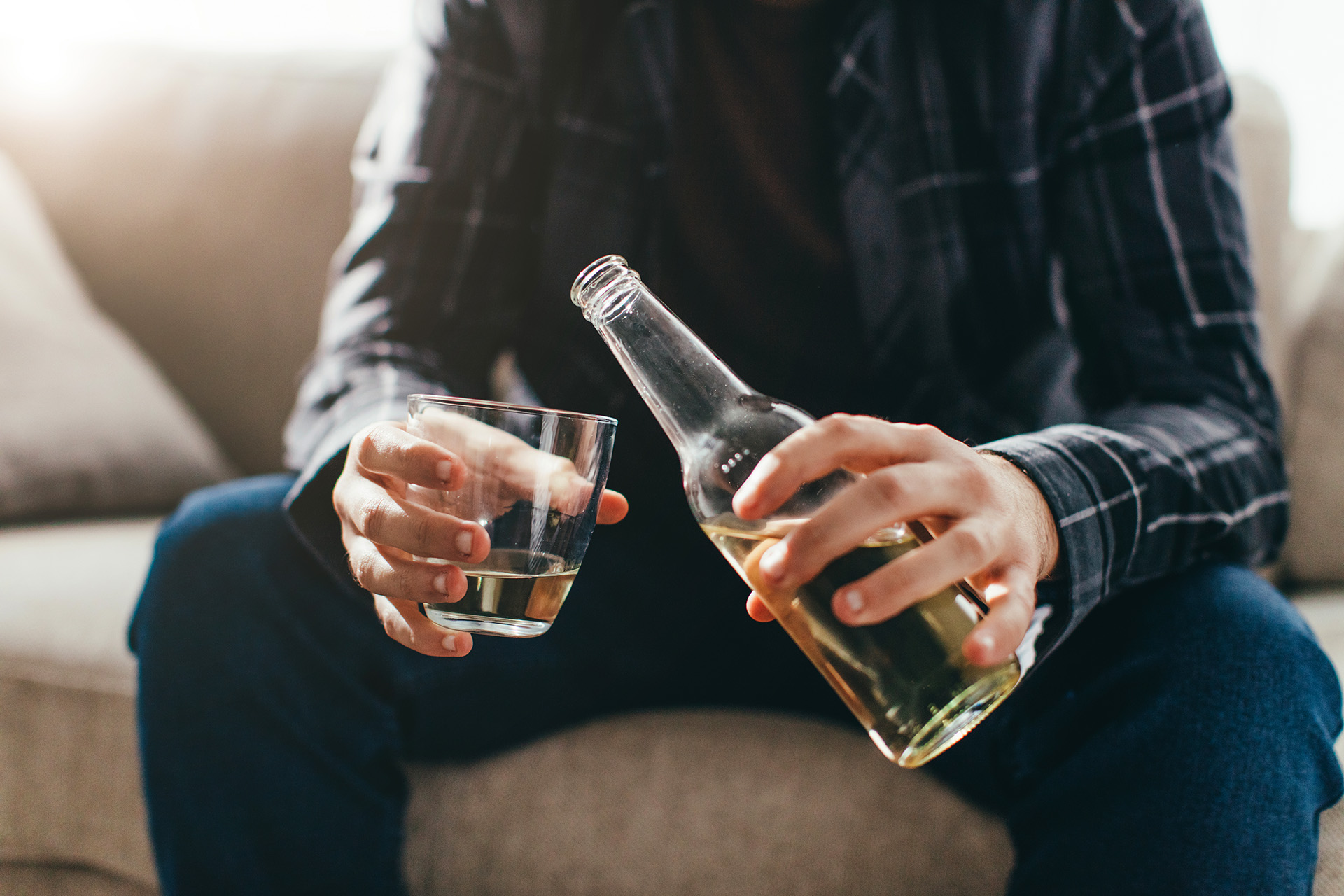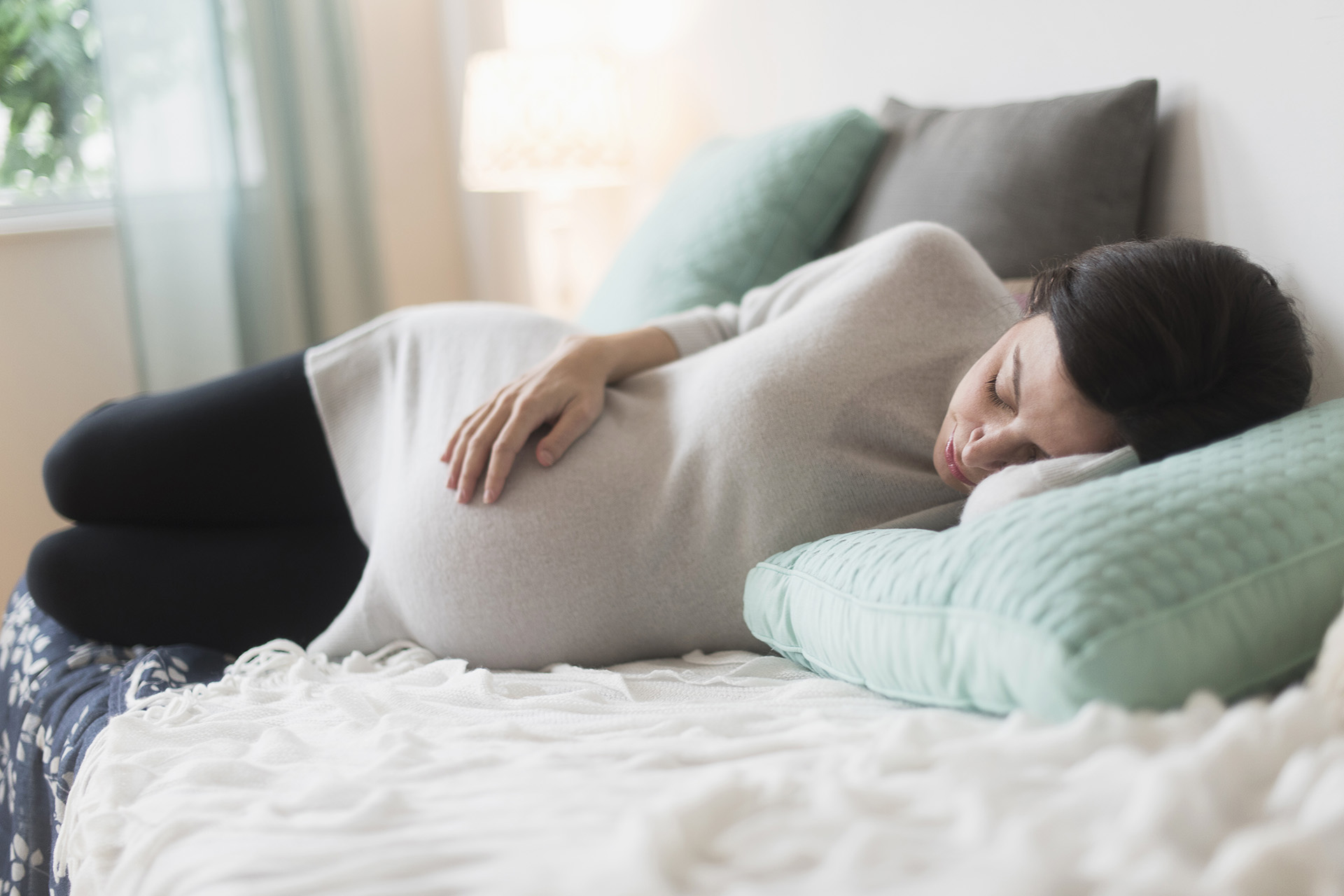With the addition of skateboarding to next year’s summer Olympic games in Tokyo, enthusiasm is bound to grow as competitors swirl across television screens worldwide.
The Olympic skaters will make it look easy — and cool — to circle concrete fishbowls, jump blocks of stairs 10 at a time, and perform a variety of complicated tricks.
Many of those trying it for the first time, however, will end up in hospital emergency rooms.
“The most important thing about skateboarding is wearing a helmet,” said Todd Weitzenberg, MD, chief of the sports medicine program at Kaiser Permanente Santa Rosa Medical Center who grew up skateboarding, is an avid cyclist, and who has 2 active sons.
In 2017, 98,496 skateboarders visited U.S. emergency rooms and about 13% of those suffered head injuries, according to the National Electronic Injury Surveillance System.
Create a Helmet-Wearing Culture
Dr. Weitzenberg said when his kids were young, he made helmets part of the family culture, with consequences for not wearing them.
“I would say, ‘If you want to skateboard, you have to wear a helmet. If you don’t, I’m going to take your skateboard,’” Dr. Weitzenberg said. “Then it becomes inherent, like getting into a car and putting on your seatbelt. If you have a teenager, it’s worth enforcing because head injuries can be catastrophic, and they are preventable.”
Although skateboarding can be dangerous, data shows it is safer than other popular youth sports. At 30 emergency room visits for every 100,000 participants, skateboarding has lower overall injury rates than basketball (153), bicycling (140), football (104), and soccer (67).
The percentage of head injuries recorded among skateboarders in emergency rooms in 2017 was less than for bicycling (15%) and the same for soccer (13%). But it was higher than football (8.5%) and basketball (7%).
Jerry Harris, who has owned the 510 Skateboarding shop in Berkeley, California, with his wife for 21 years, said most of the injuries he sees are to ankles and knees.
“If you’re jumping or doing a trick, you have a lot of forward momentum, and if you don’t land just right, your foot will hit the ground and the skateboard will roll over your foot,” said Harris. “Or your foot will land in front of the board and you roll or ‘taco’ your ankle.”
Protective gear like knee and elbow pads, in addition to a helmet, is imperative, especially for those just starting out, Dr. Weitzenberg said.
“There actually is an art to falling,” he said. “When you watch the pros on a ramp and they fall, they don’t try to run it out, they bend their knees and slide on their pads. With pads, the risk of injury is reduced a lot.”
Treat Minor Injuries
Dr. Weitzenberg said many skateboarding injuries are similar to those in other sports and can be treated at home using the PRICE system, which stands for protecting the injury site, rest, ice, compression with wrap bandages, and elevation. Dr. Weitzenberg said skateboarding is a great way to exercise and have fun.
“I’d rather have these guys out skateboarding than sitting inside watching TV or video games,” he said. “We want everyone exercising about an hour a day, 5 days a week. As long as it’s done in a safe environment with the necessary equipment, it’s a great activity to get the necessary amount of exercise.”





This Post Has 4 Comments
Thank for writing and sharing you useful information with us. Hope you write more.
Thanks for reminding us all about the importance of helmets! As my mom used to say, “We can fix a broken bone, but you only get 1 brain.”
* Insist that your child wears a helmet every time they’re on something with wheels (even if your tween or teen protests.)
* Let them pick out a helmet they like. (Spikes? Horns? Glitter?) and praise them for wearing it whenever they bike, scoot, or skate.
* Check the fit. Helmets should be low across the forehead, not tipped back. The chin straps should be snug. SafeKids.org has a quick 3 step check: https://www.safekids.org/video/safety-seconds-bike-helmets
Our kids count on us to keep them as safe as possible while they’re having fun. Here’s to helmets!
This is very true, especially in adolescents they feel pressure to not wear helmets as other younger men are. My son had an accident this year and has a Traumatic Brain Injury (TBI) that a helmet could have protected from his fall. We are in month 2 and having slow but progress. He is in level 4 of recovery of the 8 levels.
It was traumatic and stressful for myself, our family, and his friend who was present; we are still recovering and trying slowly to get my daily routine in place. It is hard after going through this experience to practice self care while your loved ones are in ICU, acute care, and rehabilitating. I encourage everyone to remind skateboarders and cyclist to wear helmets because you never know.
Kaiser is taking great care of him and my team members have been more than supportive. I thank everyone!!!
Erminia, thank you for writing in and sharing your experience. We all wish your son a speedy and full recovery!